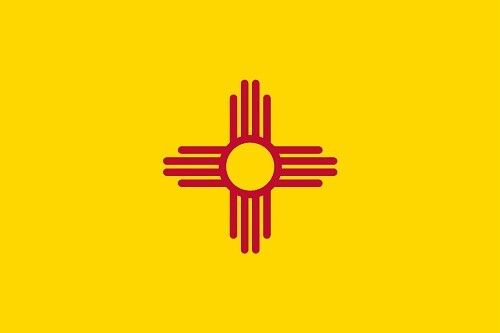
State by state
The report, which tracks indicators such as membership, loans, shares, delinquencies and more, said federally insured credit unions “Saw continued loan growth in the fourth quarter.” But many important areas saw minor changes nationally for the year ending Dec. 31, 2017. Median loan growth at federally insured CUs remained at 5.0 percent, where it stood the previous quarter, but median asset growth declined slightly, from 2.9 percent at the end of Q3 to 2.5 percent at the end of Q4. Similarly, the median growth rate for shares and deposits slid from 2.8 percent at the end of Q3 to 2.4 percent at the end of Q4, though the median loans-to-shares ratio ticked up slightly, from 65 percent to 66 percent.
For more, including a look at how individual states performed, click forward to the next slide.

Median annual asset growth

Vermont, Washington lead asset growth

Louisiana, DC struggle

Median annual share and deposit growth

Vermont, Oregon lead share growth

Louisiana, New Jersey, DC and Arkansas struggling for deposits

Median annual membership growth

Vermont, New Mexico lead in membership growth

40 percent of all states saw shrinking membership, as well as DC

Median annual loan growth

Pacific Northwest leads in loan growth

Slowest loan growth

Median total delinquency rate

Alaska, New Jersey continue to struggle with late payments

Oregon, California see lowest delinquency rates

Median loans-to-shares ratio

LTS highest again in Idaho

Delaware continues to struggle with loans-to-shares ratio

Median ROA

Nevada, Utah lead in ROA

More struggles in New Jersey

Positive net income

Vermont, Maine lead in positive net income






